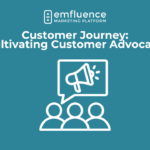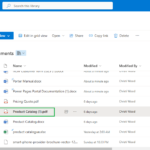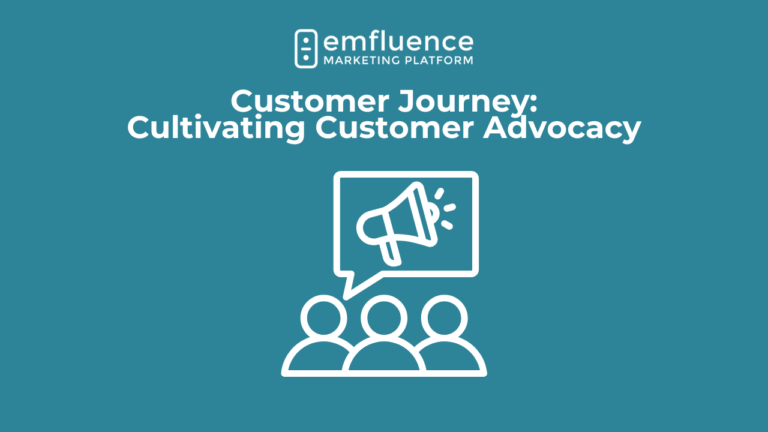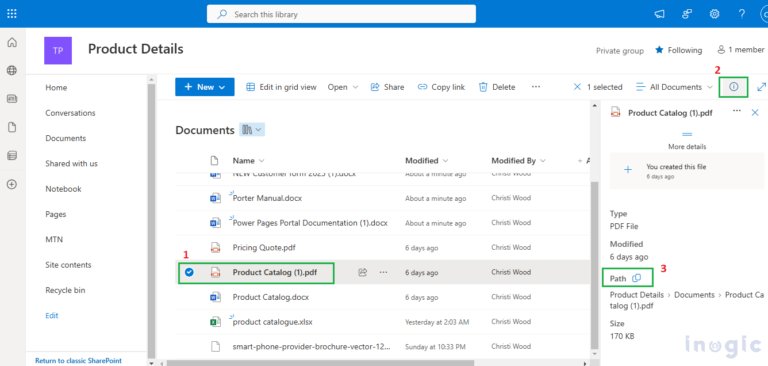A guide to understanding the importance of people, processes, and culture in CRM adoption.
Author: Mike Hauck
Introduction
Customer relationship management (CRM) systems are powerful tools that can help businesses improve their sales, marketing, and customer service. However, implementing a CRM system is not a simple task. It requires a lot of planning, coordination, and training to ensure that the system meets the users and the organization’s needs and expectations.
One key factor that can determine a CRM implementation’s success or failure is organizational change management (OCM). OCM is the process of managing the human side of change, such as the attitudes, behaviors, and skills of the employees, managers, and stakeholders. OCM can help reduce the resistance, confusion, and frustration often accompanying a major change initiative and increase the users’ engagement, adoption, and satisfaction.
In this blog post, we will explain why OCM is critical in a successful CRM implementation and adoption and provide tips and best practices on applying OCM principles and practices in your CRM project.
Why OCM is Critical in CRM Implementation and Adoption
Implementing a CRM system is not just a technical or operational change. It is also a cultural and behavioral change. It affects how people work, communicate, and collaborate with customers. It also impacts the users’ and managers’ roles, responsibilities, and expectations. Therefore, it is essential to address the human aspects of change and ensure that the people are ready, willing, and able to use the CRM system effectively and efficiently.
OCM can help you achieve the following benefits in your CRM implementation and adoption:
Align the vision, goals, and objectives of the CRM project with the organizational strategy and culture.
Identify and engage the key stakeholders and sponsors who can support and champion the CRM project.
Assess the current state and the desired state of the organization and the users in terms of the CRM system.
Analyze the gaps and the impacts of the CRM system on the people, processes, and technology.
Develop and execute a communication plan that informs, educates, and motivates the users and the managers about the CRM system.
Design and deliver a training plan that equips the users and the managers with the necessary knowledge and skills to use the CRM system.
Monitor and measure the progress and the outcomes of the CRM project and the user adoption.
Provide feedback and support to the users and the managers to address any issues or challenges that arise during and after the CRM implementation.
Reinforce and reward the desired behaviors and outcomes of the CRM system.
Tips and Best Practices for Applying OCM in CRM Implementation and Adoption
Here are tips and best practices that can help you apply OCM principles and practices in your CRM implementation and adoption:
Start OCM early and integrate it throughout the CRM project OCM should not be an afterthought or a separate activity. It should be part of the CRM project plan and budget from beginning to end.
Involve the users and the managers in the CRM project. OCM is not a top-down or a one-way process. It is a collaborative and interactive process that requires the users’ and managers’ input, feedback, and participation. They are the ones who will use the CRM system and experience the change, so they should have a voice and a choice in the CRM project.
Customize OCM to fit your organizational context and culture. OCM is not a one-size-fits-all approach. It should be tailored to your organization’s and your users’ specific needs, characteristics, and preferences. You should consider the size, structure, culture, values, and history of your organization, as well as your users’ diversity, expectations, and readiness.
Use a variety of OCM methods and tools. OCM is not a single or a static process. It is a dynamic and ongoing process that requires different methods and tools at different stages and levels of the CRM project. It would be best if you used a mix of OCM methods and tools, such as surveys, interviews, focus groups, workshops, webinars, newsletters, videos, podcasts, FAQs, manuals, guides, checklists, quizzes, games, simulations, coaching, mentoring, feedback, support, recognition, and rewards.
Continuously evaluate and improve OCM. OCM is not a one-time or final process. It is a cyclical and iterative process that requires constant evaluation and improvement. You should monitor and measure the effectiveness and efficiency of OCM and use the data and insights to adjust and optimize OCM as needed.
Conclusion
OCM is a critical factor in a successful CRM implementation and adoption. OCM can help you manage the human side of change and ensure that the users and the managers are ready, willing, and able to use the CRM system. OCM can also help you achieve the desired benefits and outcomes of the CRM system, such as improved sales, marketing, and customer service. Applying OCM principles and practices in your CRM project can increase the chances of a smooth and successful CRM implementation and adoption.
Continue the conversation. Contact congruentX today!











